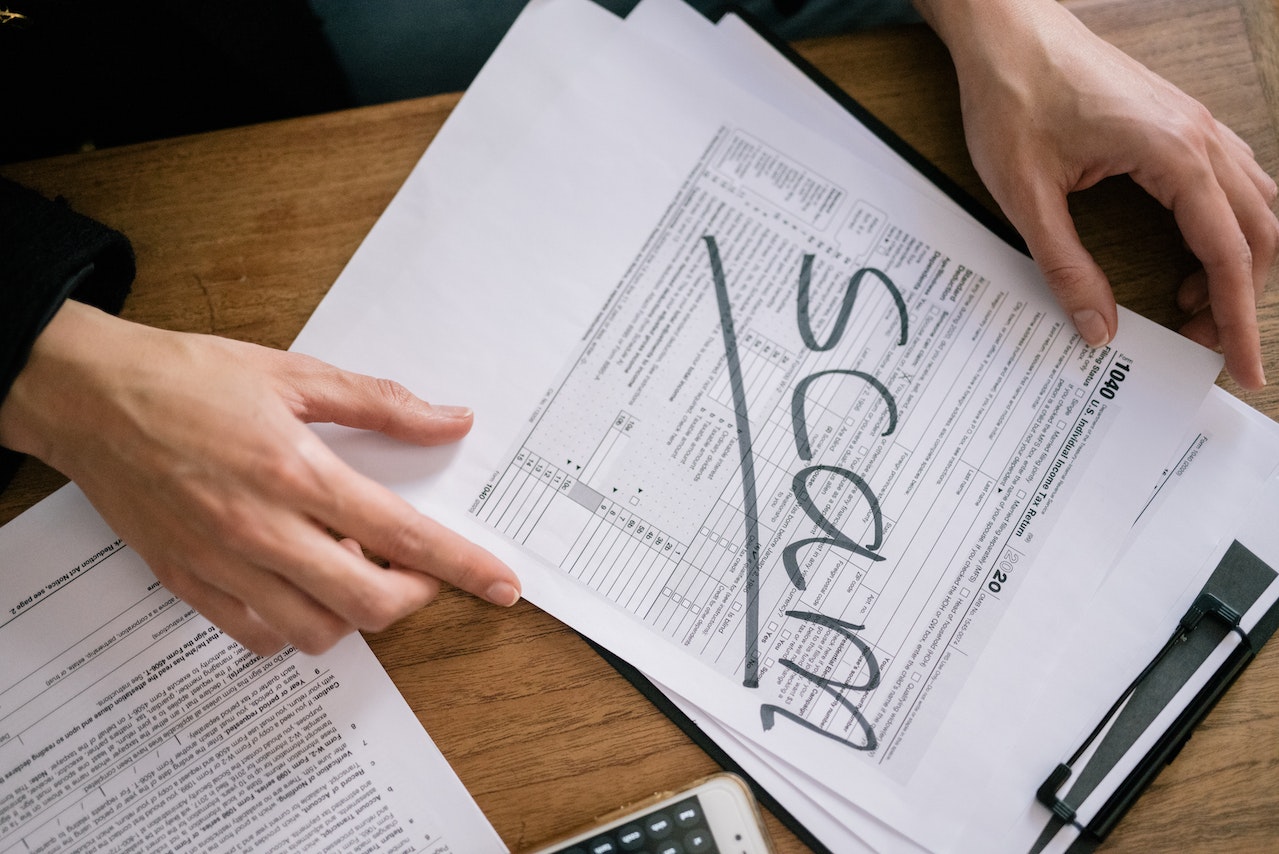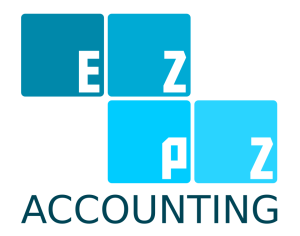How Do You Prove Fraud In Accounting?

Every business owner or investor would love to claim that their business is at the leading edge of their industry. In some industries, there is so much competition that it can be easy to prove that you have developed new products and services or that you have driven your company to the top of your industry.
There are many companies and employees that try to inflate their own importance or the extent of their business. This can lead to some seriously inflated financial statements and can cause investors real concern.
This blog will specifically look at how fraud is detected and proven through the use of technology and how technology is used to provide an audit trail for auditors to follow.
Understanding financial statement fraud
Financial statement fraud is a type of white-collar crime that involves manipulating financial statements in order to conceal or misrepresent a company’s financial condition.
This can be done in a number of ways, such as overstating revenue, understating expenses, or misclassifying transactions.
Financial statement fraud can be difficult to detect, as it often takes place within the accounting department and may be carried out by employees with expertise in financial reporting.
If not caught and corrected, financial statement fraud can have serious consequences for a company, including decreased share value, loss of investor confidence, and even bankruptcy.
Different types of financial statement fraud
– Inflating revenue by documenting predicted future sales
– Inflating the net value of an asset by willfully failing to implement a suitable depreciation schedule
– Omitting obligations and/or liabilities from a company’s balance sheet
Another form of financial statement fraud involves cookie-jar accounting methods, in which companies understate sales in one accounting period and hold them as a reserve for future periods with poorer performance, in an effort to reduce the impression of volatility.
Financial Statement Fraud Red Flags
– Accounting abnormalities, such as increasing revenues without corresponding cash flow growth.
– Consistent rise in revenue while competitors struggle.
– A substantial improvement in a company’s performance during the last quarter of its fiscal year.
– Depreciation techniques and useful life estimations that do not align with those of the industry as a whole.
– Weak internal corporate governance, which raises the probability of unchecked financial statement fraud.
– Frequency of complex third-party transactions that is disproportionately high, the majority of which provide no tangible value and can be exploited to disguise balance sheet debt.
– The rapid replacement of an auditor led to lost documentation.
– A disproportionate share of income for management is obtained from bonuses based on short-term goals, which encourages deception.
Methods of Financial Statement Fraud Detection
Vertical and horizontal financial statement analysis provides an easy method for detecting fraud. Vertical analysis entails calculating the percentage of revenue attributable to each line item on the income statement and analyzing the year-over-year changes that may indicate a potential red flag.
To monitor major deviations from normal activity, a comparable method can also be applied to the balance sheet, using total assets as a comparison standard. Instead of using a particular account as the reference point, financial information is represented as a percentage of the statistics from the base year in horizontal analysis.
Similarly, comparative ratio analysis assists analysts and auditors in detecting accounting problems. By examining ratios, information about day’s sales in receivables, leverage multiples, and other important indicators may be determined and reviewed for irregularities.
The Beneish Model assesses eight ratios, including asset quality, depreciation, gross margin, and leverage, to predict the risk of profits manipulation. Following the incorporation of the variables into the model, the M-score is computed. An M-score of less than -2.22 shows that the corporation is not a manipulator, whereas a value more than -2.22 requires further research.
Conclusion
It can be hard to prove fraud in accounting because of the way accounting is set up. The financial statements are designed to provide a certain level of transparency, but designed in a way that it isn’t meant to be a forensic audit trail.
Most accounting is based on a trust-based system. The company’s managers are trusted to provide accurate accounting, and if they don’t, then you have to dig deeper to catch them.
Hopefully, we have provided you with enough methods to detect financial statement fraud.
